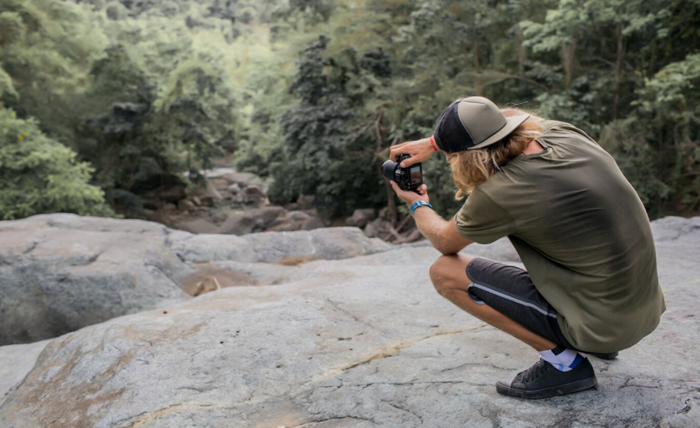Exploring remote wilderness areas offers a unique opportunity to connect with nature and capture its untamed beauty through photography. These untouched landscapes, from towering mountain ranges to serene valleys, present endless possibilities for awe-inspiring shots. However, photographing such environments comes with its own set of challenges, requiring careful planning, the right equipment, and a deep understanding of light and composition. Whether you’re a seasoned professional or a budding photographer, this guide will provide you with essential tips to immortalize the splendor of the wild and create truly breathtaking images.
1. Plan Ahead for the Perfect Shots
Preparation is everything in wilderness photography. Before heading out, research the location, weather conditions, and the best times for natural lighting. Apps like PhotoPills or The Photographer’s Ephemeris can help you track the golden and blue hours, ensuring you capture the most vibrant colors of nature. Proper planning also helps you anticipate unique landscapes, like waterfalls or cliffs, that will enhance your shots.
2. Invest in the Right Gear
While creativity trumps equipment, having the right tools is crucial for high-quality photos. A sturdy tripod is essential for stability, especially during long exposures. Pair it with filters—such as polarizers to cut glare or ND filters for smooth water effects—to elevate your shots. For truly remote micro-adventures, compact, weather-sealed cameras can be lifesavers against unpredictable elements.
3. Master Composition Techniques
Even in the wildest terrain, composition plays a pivotal role. Employ techniques such as the rule of thirds or leading lines to draw viewers’ eyes through your image. Incorporate foreground elements like rocks, flowers, or tree branches for added depth and scale. By framing distant mountain peaks or vast desert landscapes within a natural archway, you create a visual story that immerses the audience. This is particularly effective during adventures like horse riding tours that explore rugged terrains and offer spontaneous photo opportunities.
4. Adapt to Natural Light
Light transforms a photograph, and wilderness photography is no different. The golden hour offers soft, warm hues that make landscapes glow, while diffused light during overcast days brings out textures and details. Don’t shy away from harsh midday light; use it to your advantage by capturing strong shadows or reflective water surfaces. Remember, every lighting condition tells a different story.
5. Respect Wildlife and Nature
Capturing the essence of remote wilderness means treading carefully and preserving its beauty. Always maintain a respectful distance from wildlife and avoid disturbing their natural behavior. Use a telephoto lens to capture wildlife in detail without encroaching on their environment. Leave no trace of your presence, ensuring that the pristine beauty remains intact for future photographers.
6. Post-Processing with Purpose
Editing is an integral part of photography, especially for wilderness shots. Use tools like Lightroom or Photoshop to enhance colors, adjust exposure, and bring out the finer details in your photos. However, less is often more; aim to make your pictures vibrant yet natural. Over-editing landscapes can take away from their authenticity and raw charm.
7. Be Open to Spontaneity
Some of the most breathtaking wilderness photos happen in unplanned moments. Whether it’s unexpected wildlife crossing your path or a sudden change in weather creating dramatic cloud formations, being flexible allows you to take advantage of these beautiful surprises. Keep your camera ready and your eyes peeled for opportunities that could turn an ordinary outing into an extraordinary capture.
8. Explore and Experiment
Don’t hesitate to step off the beaten path (safely, of course) and explore less-known areas of wilderness. Use unconventional angles, experiment with perspectives, or even try techniques like long exposure for star trails or waterfalls. Each location offers countless stories waiting to be captured differently.


